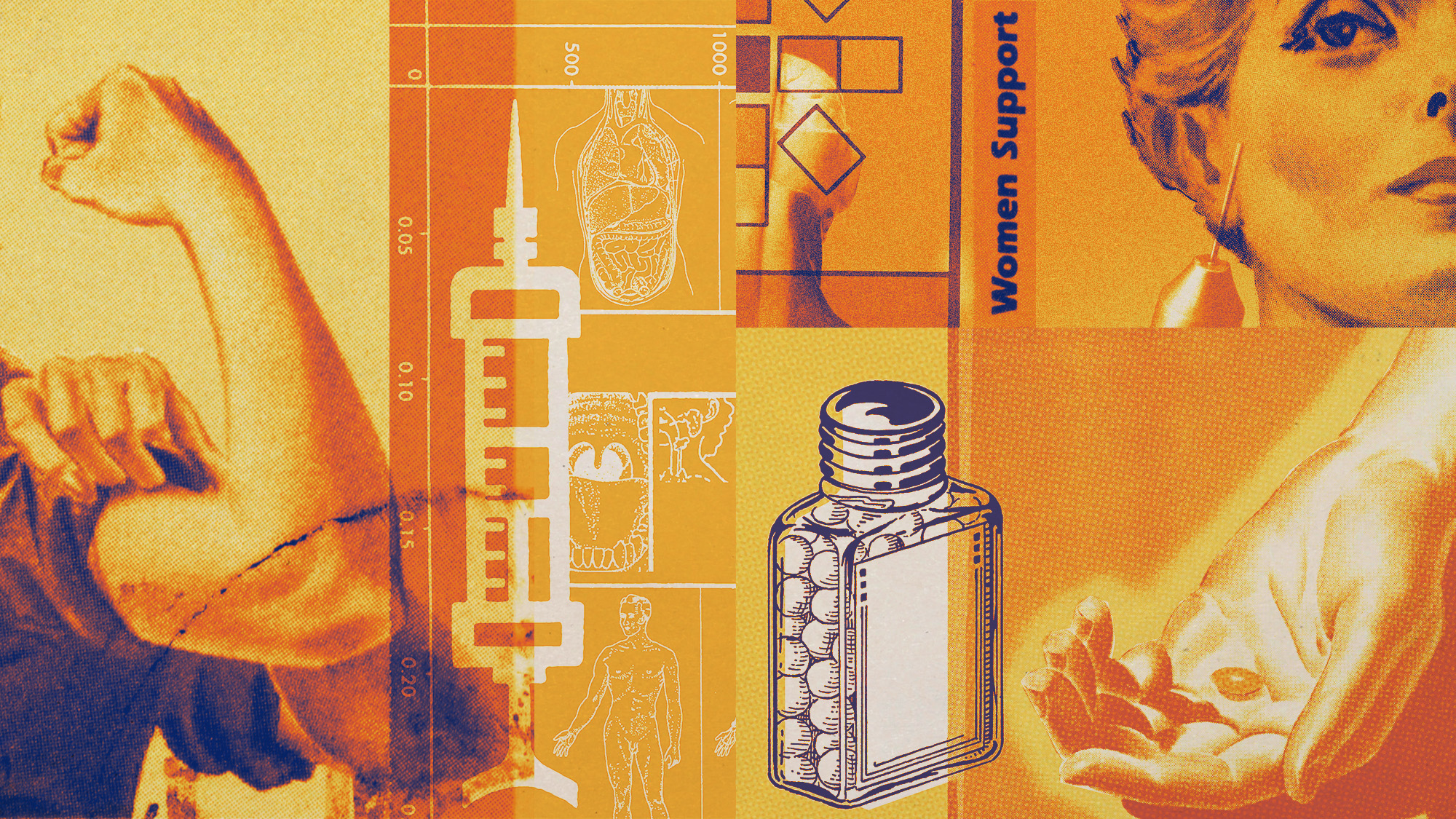DVT: what to know about the blood clot plaguing NBA players
Multiple players have been diagnosed with deep vein thrombosis over the past few months


Over the last year or so, three high-profile NBA superstars have received blood clot disorder diagnoses. In just the last two months, both Damian Lillard of the Milwaukee Bucks and the San Antonio Spurs' Victor Wembanyama were diagnosed with deep vein thrombosis. Wembanyama's clot was discovered in his right shoulder, while Lillard's was found in his calf. While Lillard hopes to be back on the court in time for the playoffs, Ausar Thompson of the Detroit Pistons, who was diagnosed with a clot in March 2024, did not return to the game until November. Are these diagnoses suggestive of a larger problem for NBA players?
What is deep vein thrombosis?
DVT occurs when a "blood clot develops in a deep vein," most commonly in the lower leg, thigh or pelvis, though it can also occur in the arm, said the Centers for Disease Control and Prevention. When a part of the blood clot gets dislodged and travels to the lungs, the DVT can develop into a pulmonary embolism, which can be life-threatening. DVT and PE are "often underdiagnosed" and are both "serious, but often preventable medical conditions." Many people with DVT have no symptoms, but common signs to look for in the affected leg or arm include swelling, pain or tenderness, warmth, and redness or discoloration.
These blood clots can occur in people of any age but typically affect those older than 60. Other risk factors include a family history of clots, having given birth within the last 6 months, obesity and sitting in one position for too long, such as during bed rest or plane and car travel, said Mount Sinai. Certain behaviors or disorders can also put you at increased risk, including tobacco smoking, cancer, lupus and taking estrogen or birth control pills.
The Week
Escape your echo chamber. Get the facts behind the news, plus analysis from multiple perspectives.

Sign up for The Week's Free Newsletters
From our morning news briefing to a weekly Good News Newsletter, get the best of The Week delivered directly to your inbox.
From our morning news briefing to a weekly Good News Newsletter, get the best of The Week delivered directly to your inbox.
Some people with DVT may need to be treated in the hospital, and in rare cases, surgical intervention could be required. However, for many people, medications such as anticoagulants (blood thinners), compression socks and elevating the affected area are sufficient treatment, said the Mayo Clinic.
Is DVT more prominent among basketball players?
There may have been three recent cases in the NBA, but that does not necessarily mean there is an uptick among players. Professional athletes could be exposed to heightened risk factors for DVT, such as frequent plane travel, but "players are not flying drastically more of late than in the recent past," said The Athletic. Studies have suggested that taller people may be at greater risk, but player heights have not changed significantly either, cardiologist Cheng-Han Chen said to the outlet.
When it comes to developing DVT, it is not "genetics or familial," vascular surgeon Christopher Yi said to The Athletic. The condition "just randomly happens in certain people," but may be more common in people with "repetitive arm movements," like in the case of Wembanyama. And while there have been some changes to modern gameplay, such as basketball players taking more jump shots, experts do not think playstyle changes can be linked to increased DVT diagnoses.
Despite the recent trend in high-profile players, experts "wouldn't necessarily say there's a new epidemic of DVT," Chen said. There might be more talk about the condition because athletes and teams are "much more attuned to the possible diagnosis." The silver lining for those who have dealt with DVT recently is that their cases will help more athletes catch potential blood clots before they become serious. Chris Bosh was the "first big one that we all noticed once he got it" back in 2015, Chen said. Now, when athletes exhibit symptoms like pain or swelling, they alert their trainer faster and trainers are "more cognizant of it and more likely to do the testing for it."
A free daily email with the biggest news stories of the day – and the best features from TheWeek.com
Theara Coleman has worked as a staff writer at The Week since September 2022. She frequently writes about technology, education, literature and general news. She was previously a contributing writer and assistant editor at Honeysuckle Magazine, where she covered racial politics and cannabis industry news.
-
 Political cartoons for January 3
Political cartoons for January 3Cartoons Saturday's political cartoons include citizen journalists, self-reflective AI, and Donald Trump's transparency
-
 Into the Woods: a ‘hypnotic’ production
Into the Woods: a ‘hypnotic’ productionThe Week Recommends Jordan Fein’s revival of the much-loved Stephen Sondheim musical is ‘sharp, propulsive and often very funny’
-
 ‘Let 2026 be a year of reckoning’
‘Let 2026 be a year of reckoning’Instant Opinion Opinion, comment and editorials of the day
-
 Stopping GLP-1s raises complicated questions for pregnancy
Stopping GLP-1s raises complicated questions for pregnancyThe Explainer Stopping the medication could be risky during pregnancy, but there is more to the story to be uncovered
-
 RFK Jr. sets his sights on linking antidepressants to mass violence
RFK Jr. sets his sights on linking antidepressants to mass violenceThe Explainer The health secretary’s crusade to Make America Healthy Again has vital mental health medications on the agenda
-
 Vaccine critic quietly named CDC’s No. 2 official
Vaccine critic quietly named CDC’s No. 2 officialSpeed Read Dr. Ralph Abraham joins another prominent vaccine critic, HHS Secretary Robert F. Kennedy Jr.
-
 Nitazene is quietly increasing opioid deaths
Nitazene is quietly increasing opioid deathsThe explainer The drug is usually consumed accidentally
-
 More adults are dying before the age of 65
More adults are dying before the age of 65Under the radar The phenomenon is more pronounced in Black and low-income populations
-
 The plant-based portfolio diet invests in your heart’s health
The plant-based portfolio diet invests in your heart’s healthThe Explainer Its guidelines are flexible and vegan-friendly
-
 Scientists have developed a broad-spectrum snake bite antivenom
Scientists have developed a broad-spectrum snake bite antivenomUnder the radar It works on some of the most dangerous species
-
 More women are using more testosterone despite limited research
More women are using more testosterone despite limited researchThe explainer There is no FDA-approved testosterone product for women
